Winter mountain biking may seem laborious at first, with the added inconvenience of waterproofs and bike washing making us long for summer days. However, it can also be the most rewarding riding of the year.
Muddy roots and snow-packed trails become part of the fun and there’s no denying the joy of escaping the grasp of the couch.
With the right gear and preparation, winter riding can be extremely rewarding and it also helps keep your riding skills and fitness in check through the sloppy season and into nicer weather.
To help you stay comfortable and keep riding through winter, we’ve put together this guide explaining what to wear, how to set up your bike for harsh conditions and where is good to ride in the colder months.
- What to wear for winter mountain biking
- How to prep your mountain bike for winter riding
- Where to ride your mountain bike in winter
What to wear for winter mountain biking
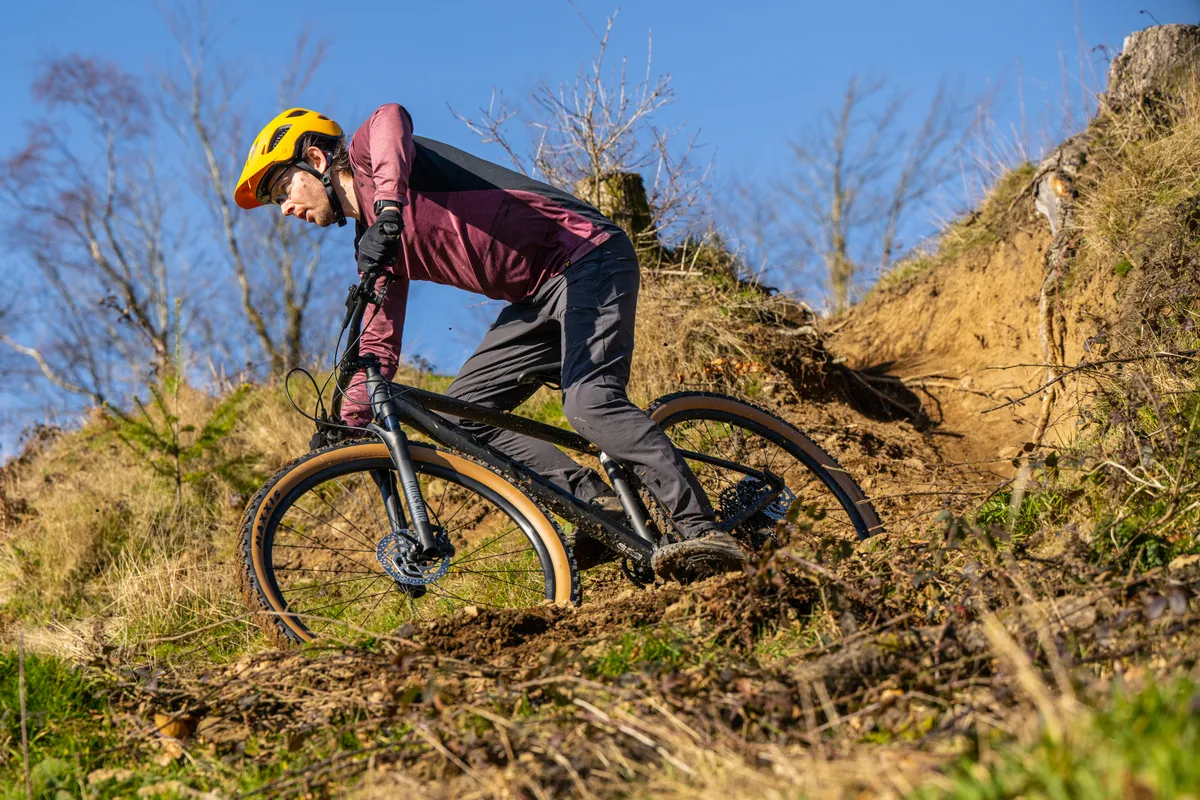
As the saying goes, “there’s no such thing as bad weather, only inappropriate clothing”.
This is a lesson hard learned for many riders, usually adding a survivalist twist to an otherwise unsuspecting ride.
Being cold is miserable, but with the right kit it’s easily avoided. Dressing in layers will enable you to adapt to weather and temperature changes throughout your ride, keeping you at your optimal temperature.
Winter mountain bike jerseys
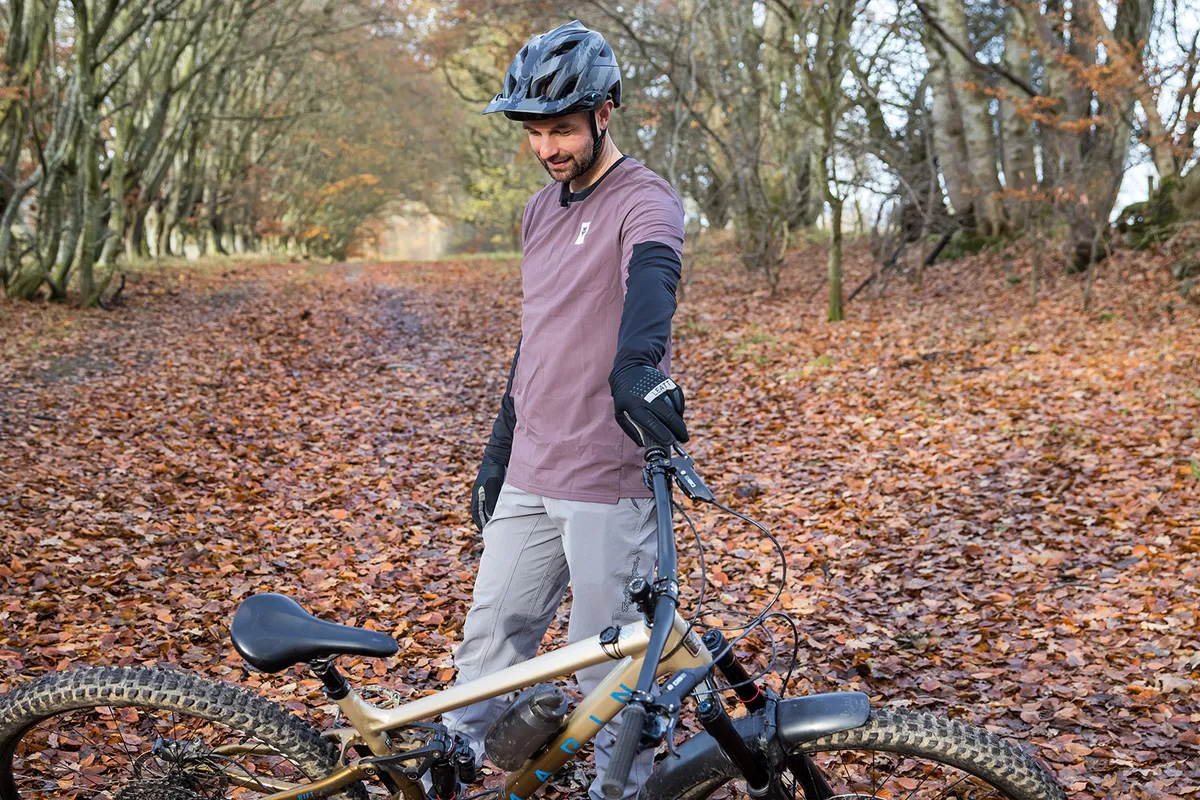
Winter mountain bike jerseys can act as a mid-layer during the coldest of days, while being effective on their own in milder conditions.
Large pockets are something to look out for because these will enable you to carry spares or added layers. Some winter jerseys will feature waterproof front panels as well as breathable rear panels to assist in keeping you dry and sweat-free.
Mountain bike jackets
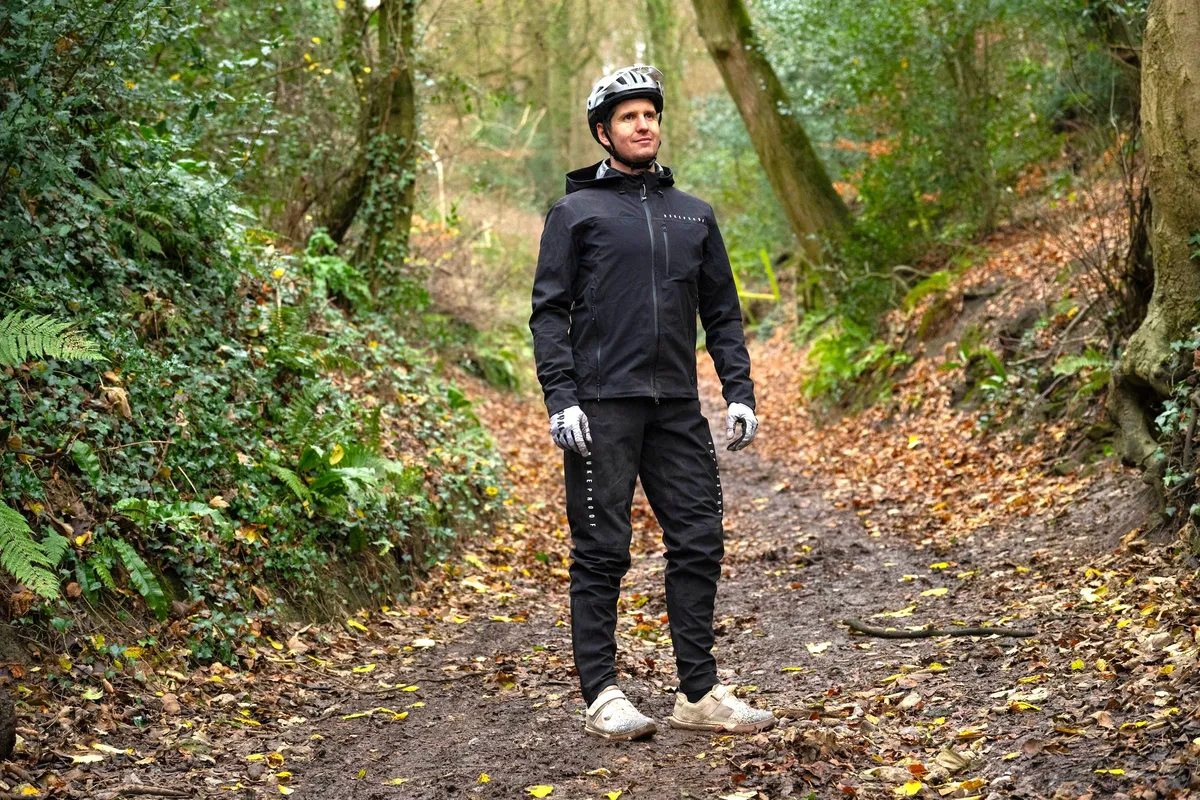
The best mountain bike jackets will feature long sleeves, a dropped tail and a high neck to protect you from the elements. Hoods are useful, but they can get in the way of mountain bike helmets if they don’t stow away or aren’t removable.
It’s also worth looking at softshell jackets, because some now offer high levels of waterproofing and warmth, too.
Waterproof mountain bike trousers
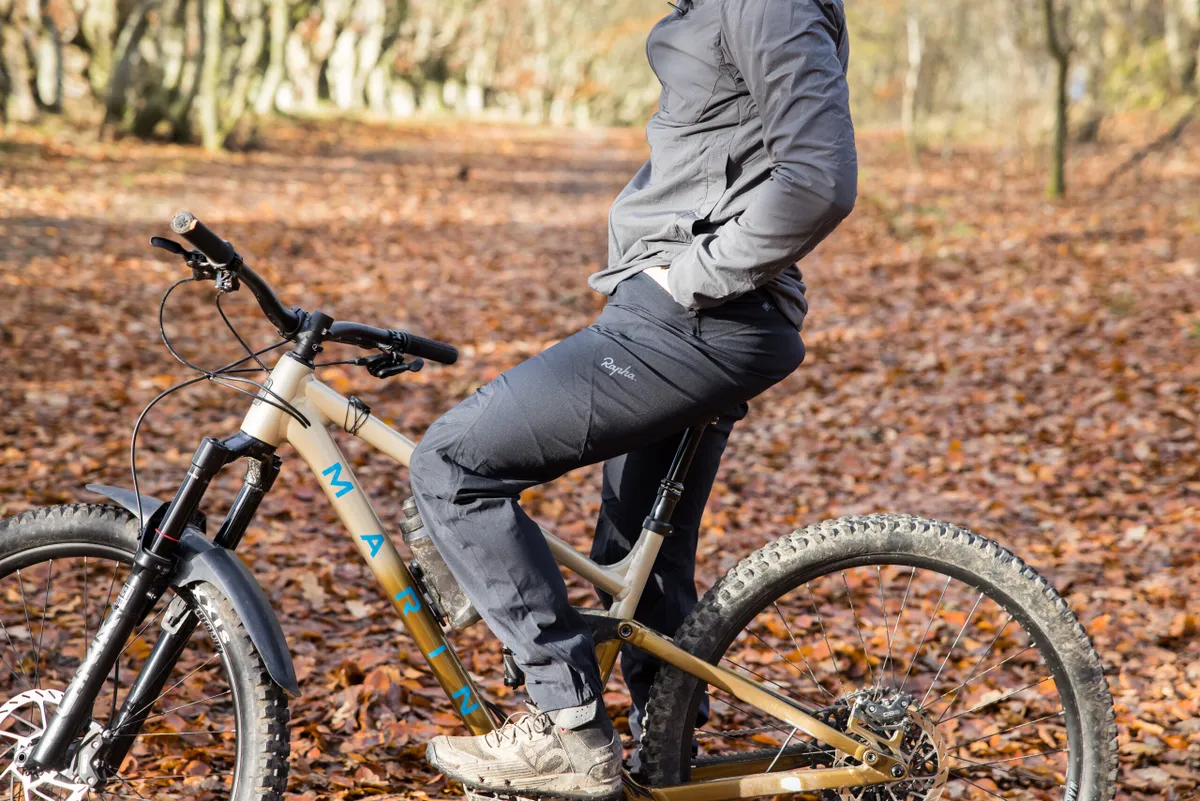
Waterproof mountain bike trousers keep your legs dry whether the water is coming from above or splashing up from the trail.
Using non-waterproof mountain bike trousers can lead to a wet chamois, which can ruin your ride in the colder months. Waterproof trousers offer one of the few safeguards against this.
Waterproof mountain bike shorts
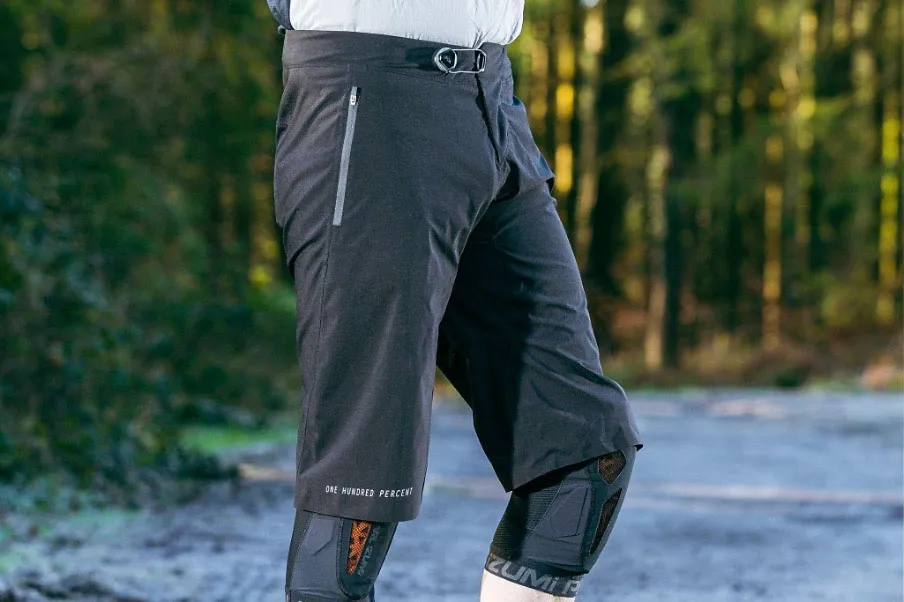
Naturally, waterproof shorts don’t offer quite as much coverage as waterproof trousers, but will still do a good job of keeping you relatively dry.
As with trousers, the waterproof fabrics can protect the inner chamois, saving you from pedalling in what feels like a nappy.
Look out for waterproof zips because these will protect anything you carry from the elements, while longer shorts will provide greater protection.
Winter mountain bike onesies
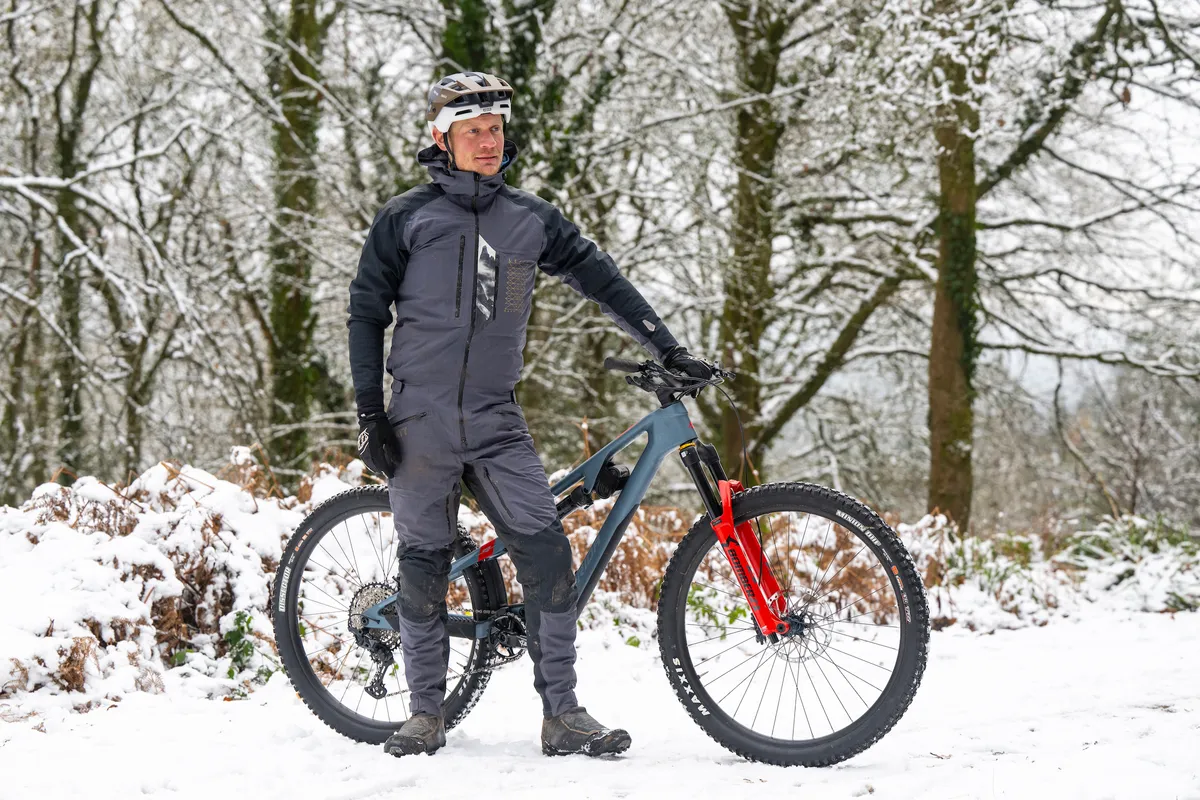
Winter mountain bike onesies offer full protection from the elements, combining a winter jacket and waterproof bottoms into one suit.
The onesie, borrowed from the motocross scene, gives you head-to-toe protection, eliminating any gaps between garments that can lead to water (or mud) ingress.
While aimed at the gravity disciplines, the mountain bike onesie removes a lot of the hassle from winter riding, regardless of your discipline.
They do tend to be at the pricier end of the market, however, so these are really for those serious about winter riding, or those completely dedicated to staying warm and dry.
Winter mountain biking shoes
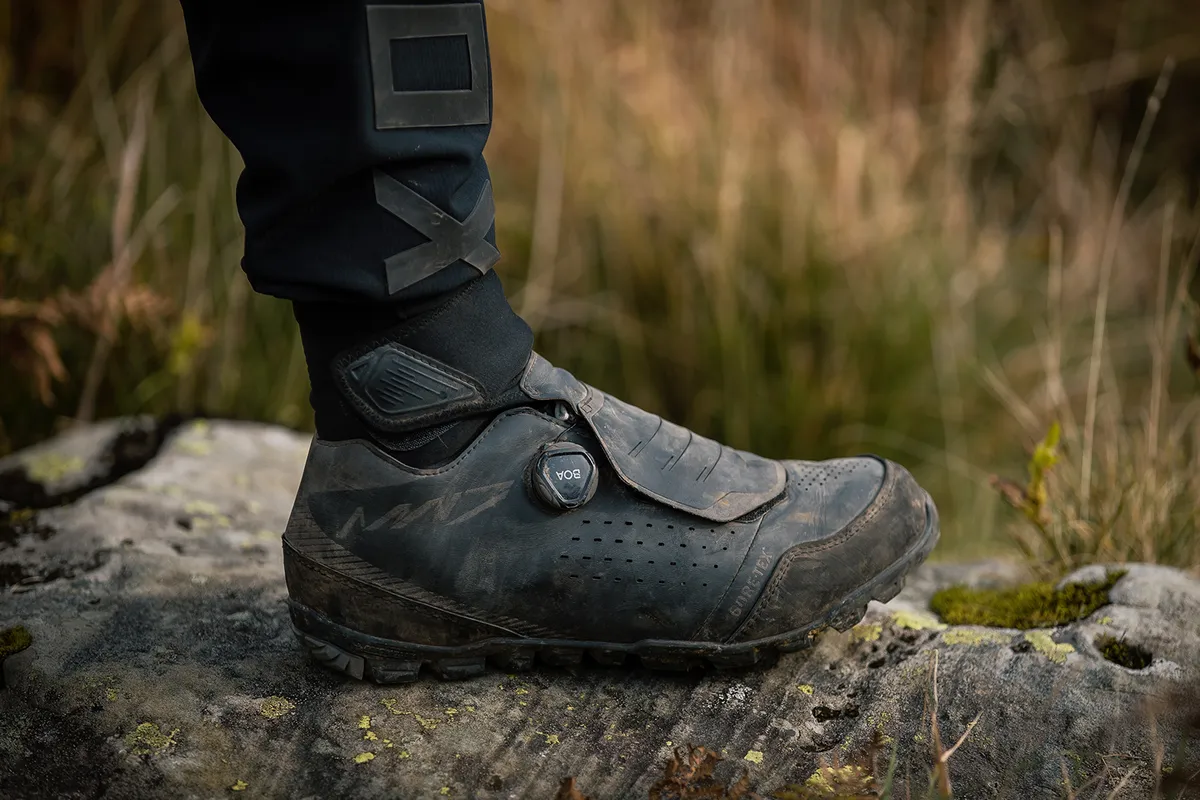
Cold and wet feet can turn any ride into an agonising ordeal, where getting to a heat source becomes the main priority.
If you plan on riding a lot through winter, then winter mountain biking shoes are one of the best investments you can make. Keeping your feet dry and warm, with most featuring waterproofing, winter shoes remove the need to mess around with fiddly overshoes, making it easier to get out.
Some shoes have built-in neoprene gators. These will make them less breathable but more waterproof when submerged.
Winter mountain biking gloves
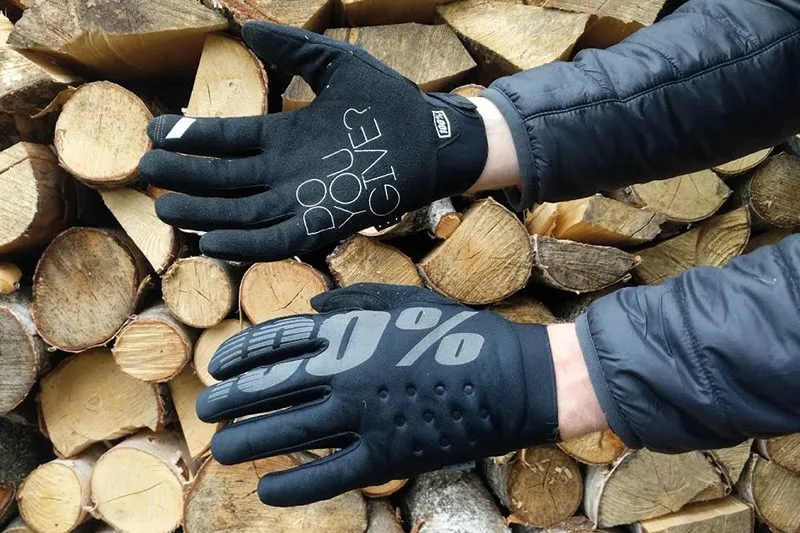
Cold hands ruin rides, making winter gloves a good investment.
Composed braking and changing gear is difficult with shivering fingers, so a good pair of winter gloves are a necessity for winter mountain biking.
Look for waterproof gloves if you are going out on wet days, because water will eventually remove any thermal properties a glove has.
Winter baselayer
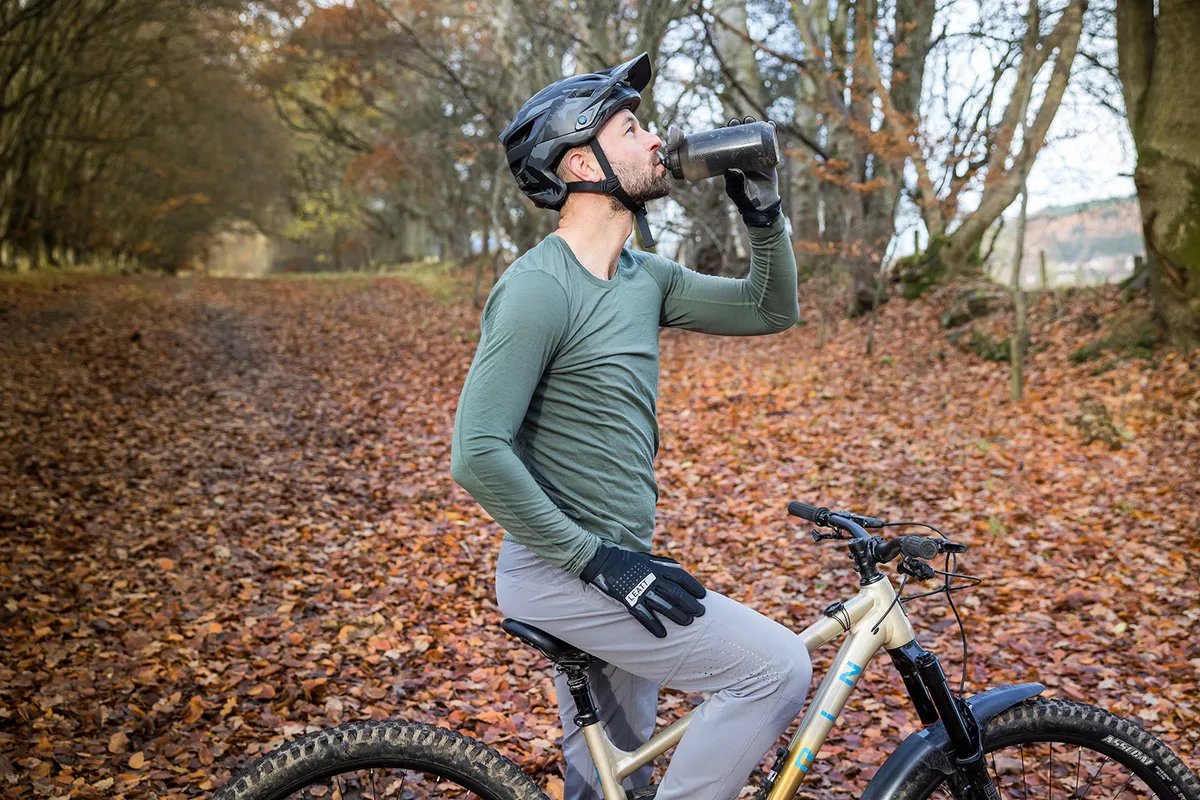
Dressing in layers enables you to adapt to weather and temperature changes throughout the ride.
The baselayer is the foundation of this system, fitting tightly next to your skin. Winter baselayers will trap heat in and wick moisture away, keeping you dry and minimising the chance of getting cold as sweat cools down.
Some baselayers feature a wind-stopping front panel to protect you from wind chill.
Gilets
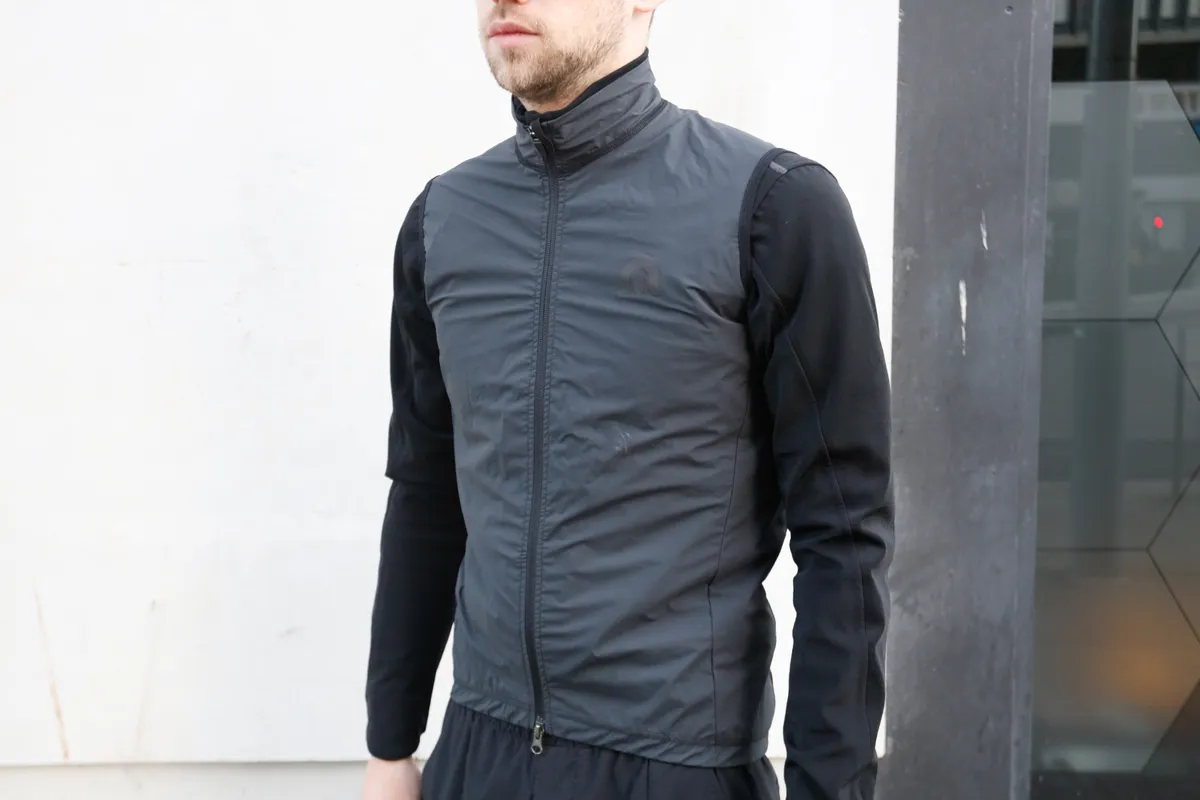
Gilets are another great addition to your riding wardrobe. These act as an extra layer to keep wind chill at bay, help you stay dry and trap warmth in.
The good thing about gilets is they pack down small, so they're easy to stow in a jersey pocket or bum bag should the temperature rise.
Clear glasses and goggles
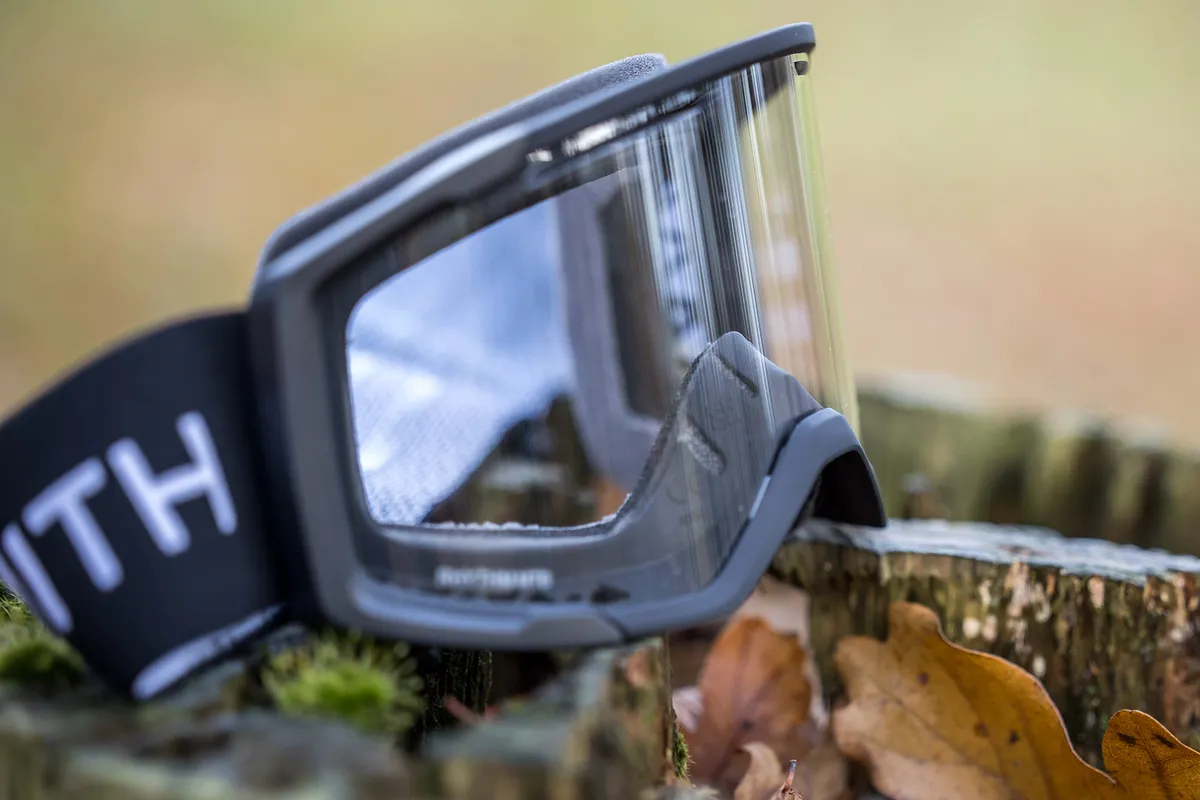
Although mountain bike glasses and goggles with tinted lenses make certain lighting conditions better, clear lenses are consistent in all lights.
Make sure the size of the lens fits your face well because poorly fitting glasses won’t be able to keep wind or mud out of your eyes.
Waterproof socks
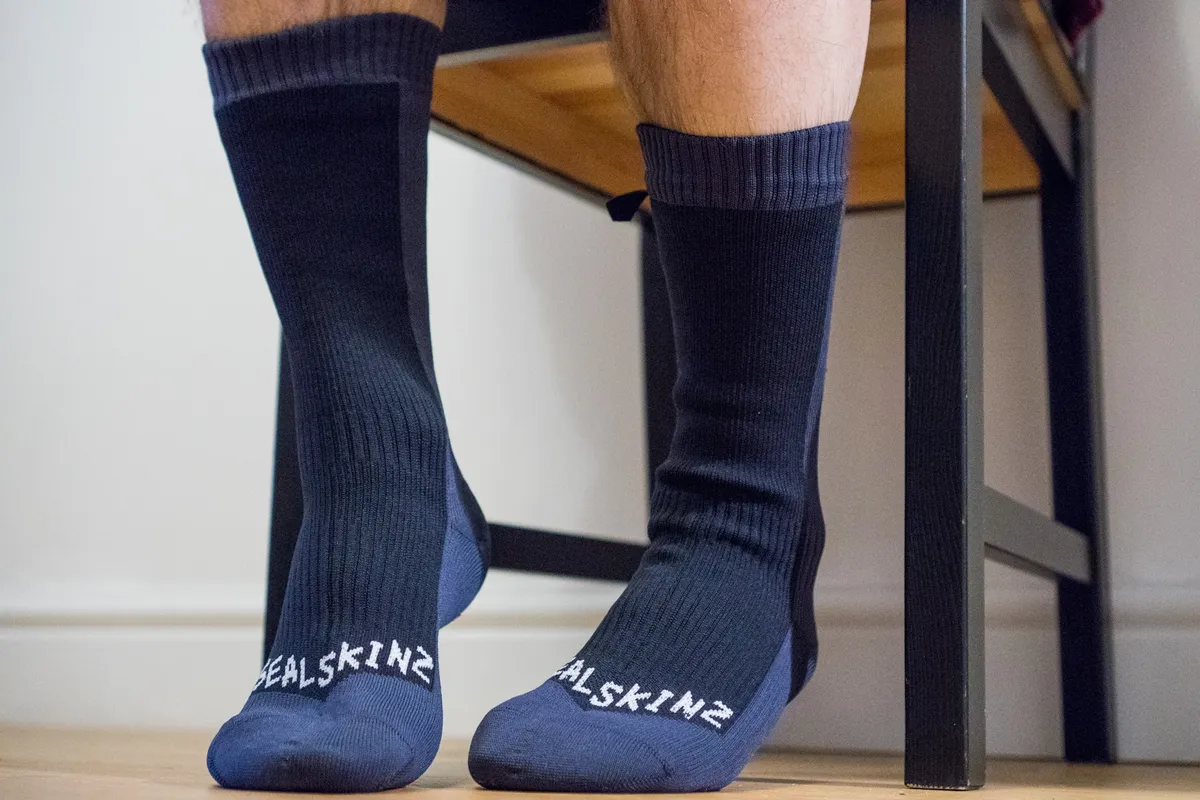
Whether you have waterproof shoes or not, a set of waterproof socks is a great addition to your winter wardrobe.
Waterproof socks use a liner to prevent water from getting in, which means splashes from puddles and wheel spray don't instantly leave you with cold, wet feet.
How to prep your mountain bike for winter riding
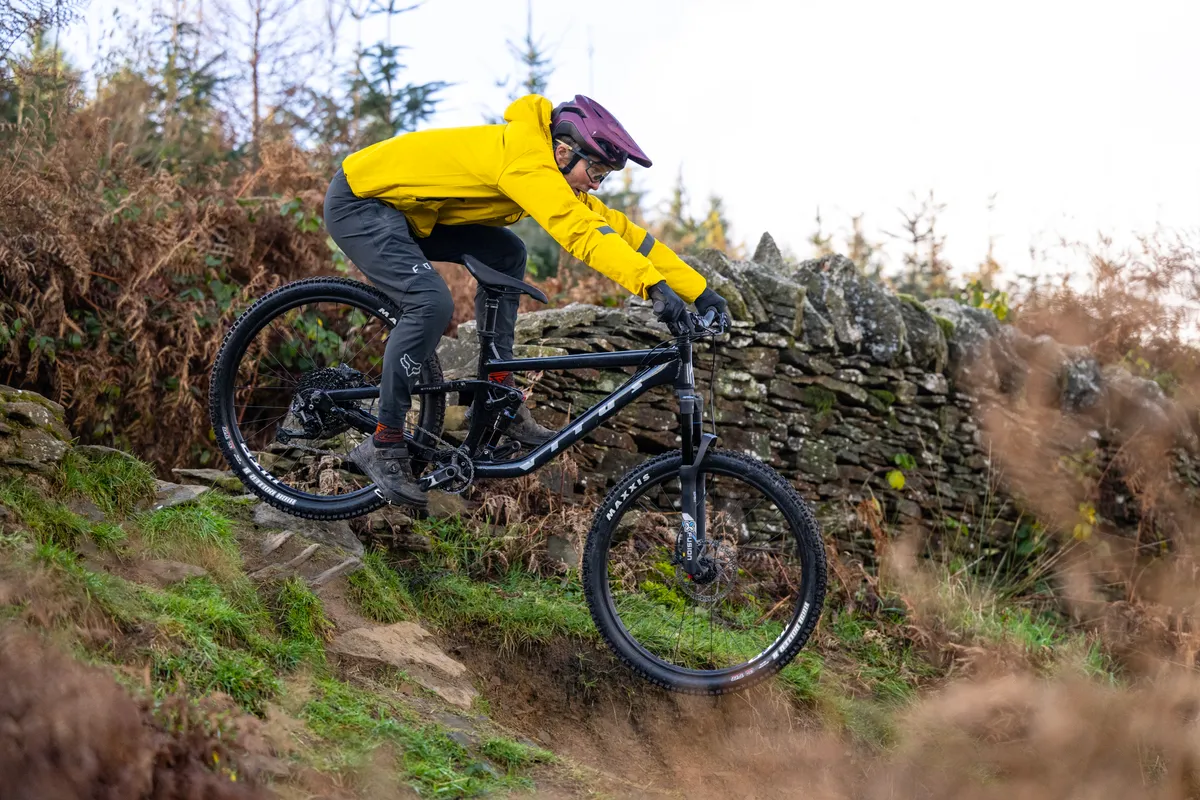
The wet and muddy conditions of winter can pose problems for your mountain bike, with moisture and dirt leading to parts wearing down, seizing or simply not performing how you may expect them to the rest of the year.
Follow these tips to winter-proof your bike for better riding and easier maintenance down the line.
Tyres
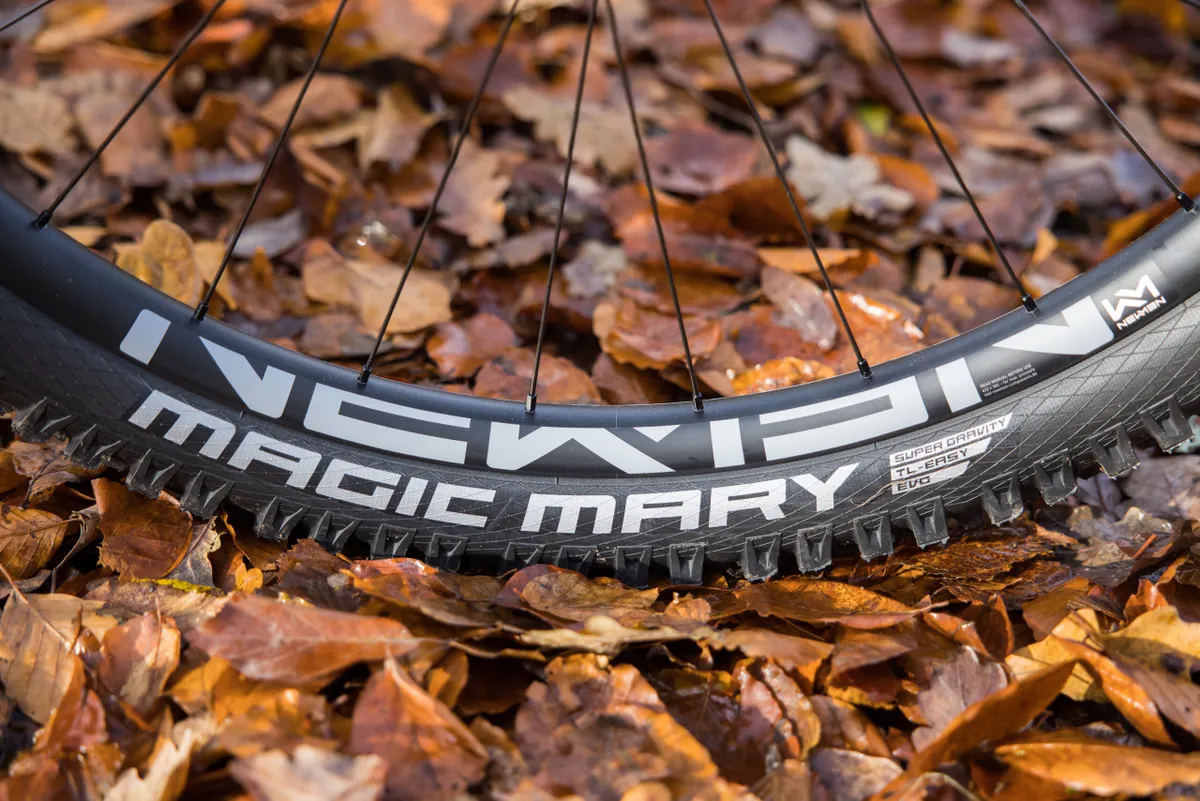
Mountain bike tyres are designed to take on different types of terrain, with tread patterns making a big difference to how a bike handles.
In the winter, trails are muddier and, consequently, the best winter mountain bike tyres have spikier and more open tread than summer tyres to help find grip through the top layer of slop.
Running lower tyre pressures on your mountain bike will also help you find grip, but runs the risk of damaging your rim.
Studded tyres will enable you to get out on icy days, and give you unique riding possibilities if you ride somewhere with frequent snow and ice.
Drivetrain
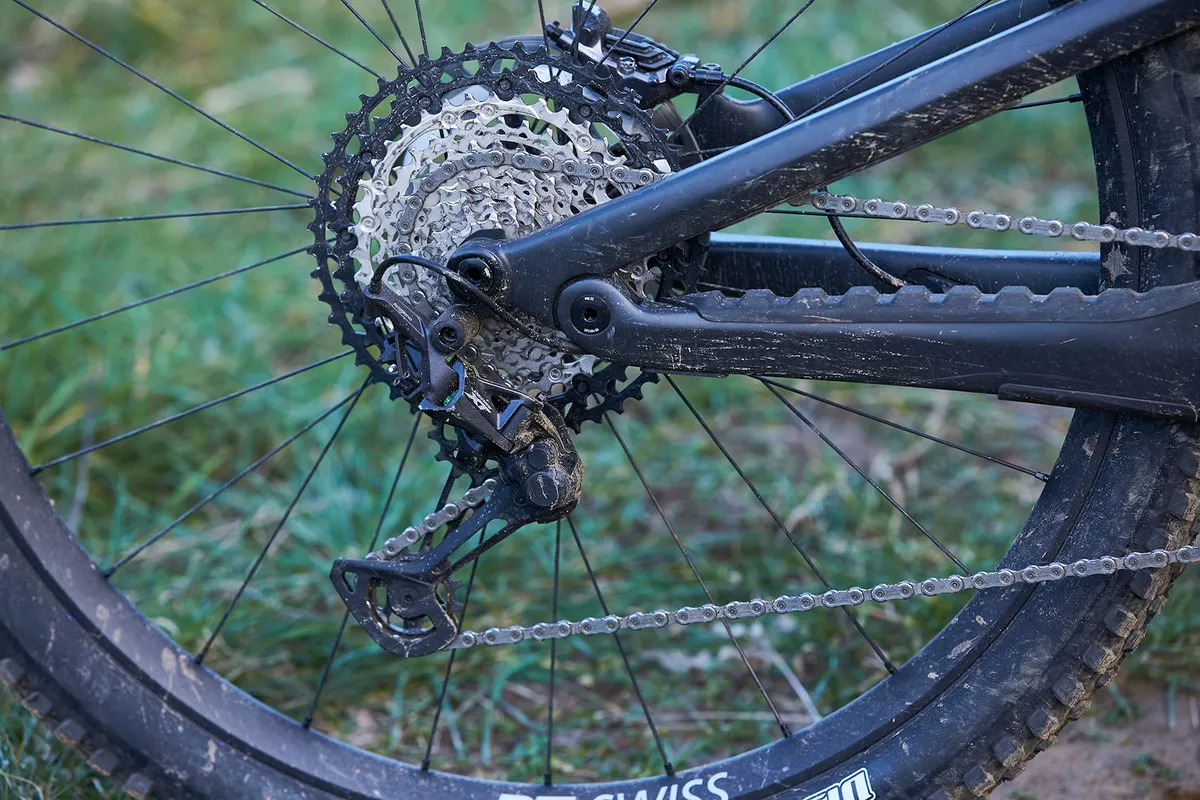
In the winter months, your drivetrain will wear faster because more grit is worked into the components on muddy trails.
Keeping your chain clean and using a quality wet chain lube will improve your components' life-span and make your drivetrain feel smoother.
Some people opt to ride more affordable drivetrains in winter. This means any parts will be less expensive to replace should they wear out through exposure to mud and grit.
Lights
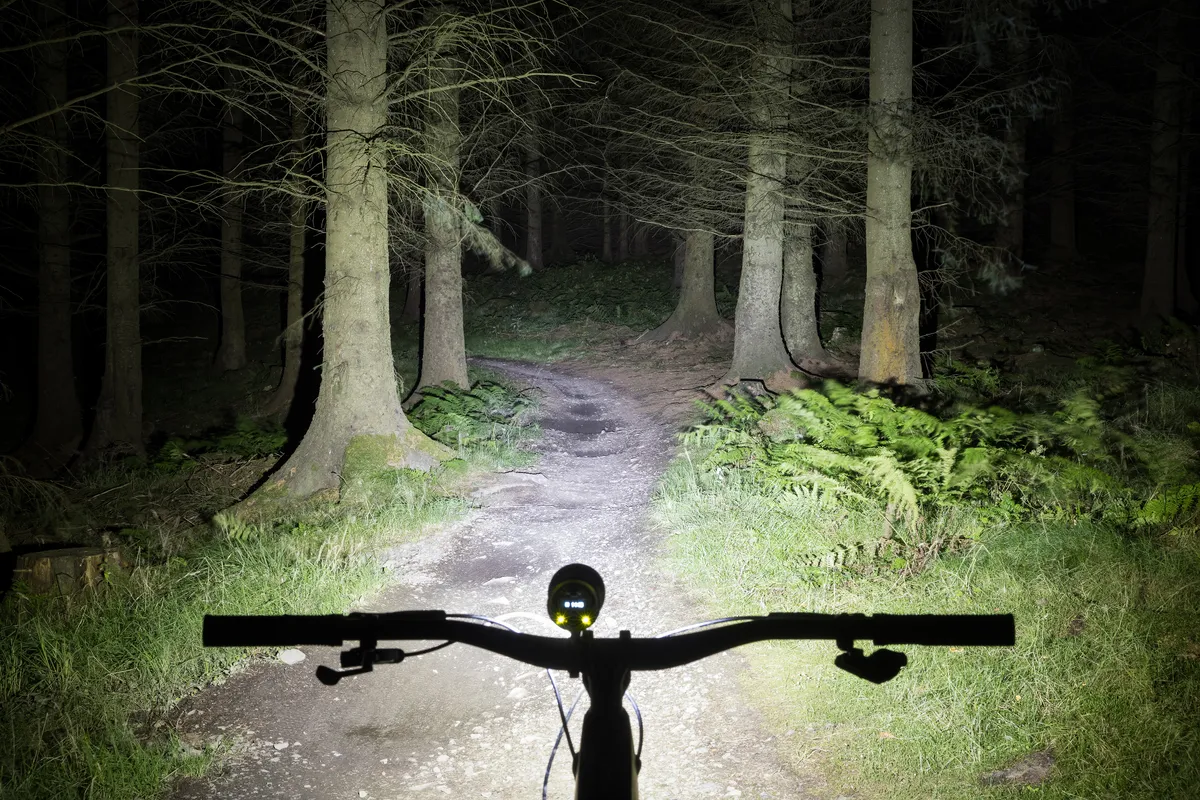
Night riding allows you to take your evenings back, keeping you on the trails when winter wants you inside.
The best mountain bike lights will give you the confidence to attack trails as if it were daytime, with the best setup involving a bar-mounted light as well as a helmet light for forward and line-of-vision illumination.
Grips
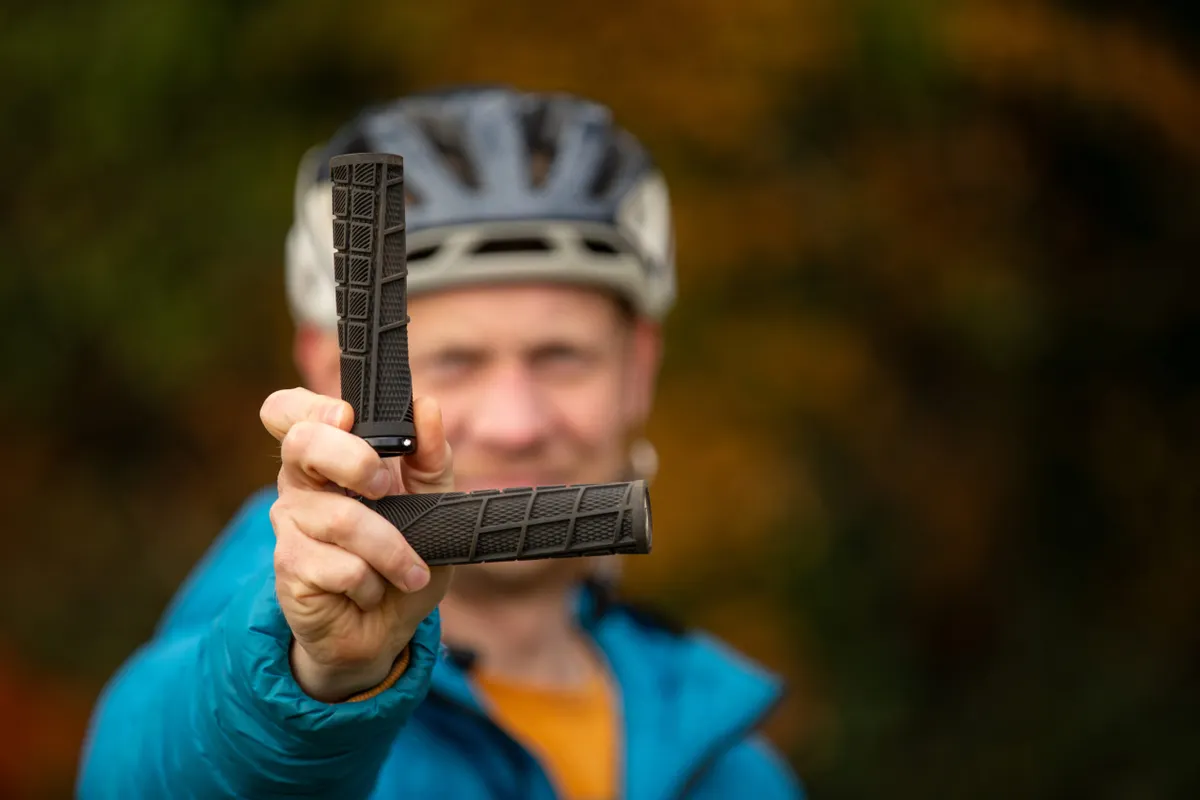
On wet rides, moisture can make its way under your grips and cause them to slip. Lock-on grips solve this by using a clamp to keep your grips in place. If you use regular or foam grips, it’s a good idea to wire them on using thin metal wire on both ends of each grip. This should help in avoiding any grip slip
Mudguards and fenders
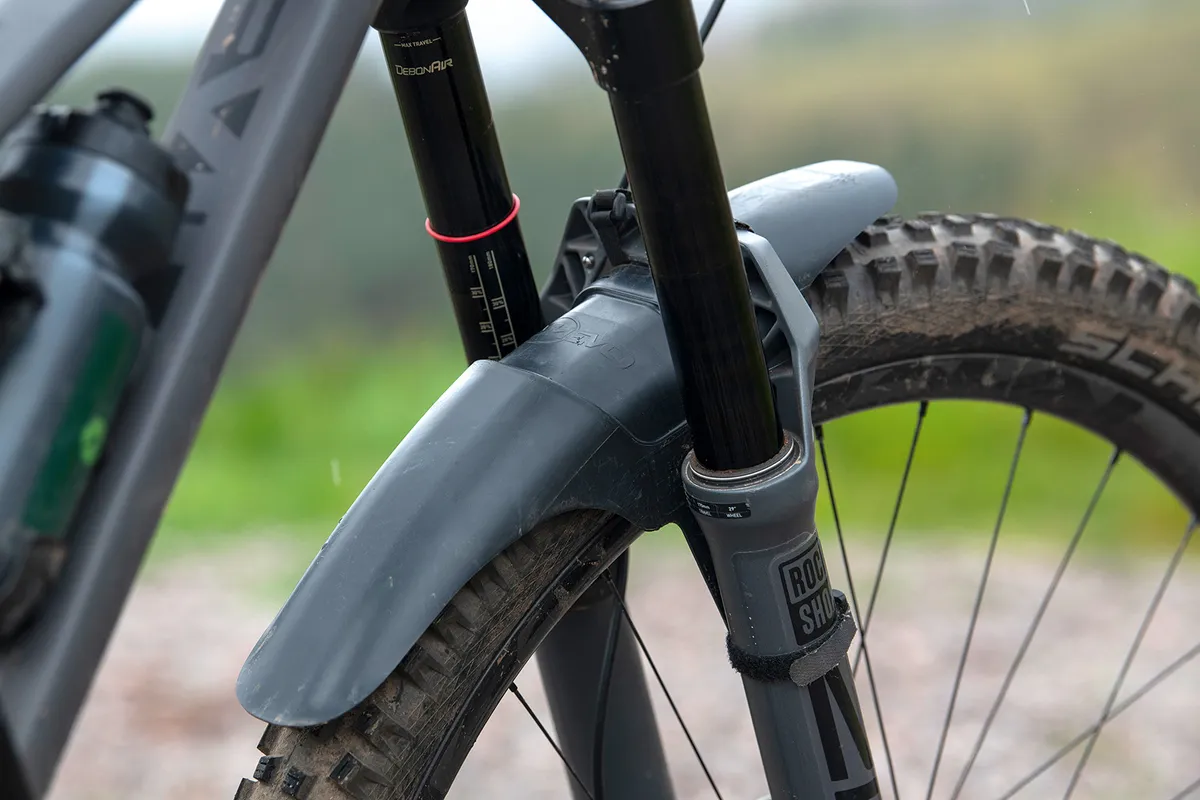
Mountain bike mudguards come in different styles for a range of bikes.
Down-tube mounted guards offer great protection from front-wheel spray, while fork-mounted guards will stop water spraying up into your face. Rear mudguards fend off rear-wheel spray, keeping your back and, more importantly, your chamois dry.
Mudguards can be difficult to install on full-suspension bikes, especially if you're also using a dropper post.
Hubs
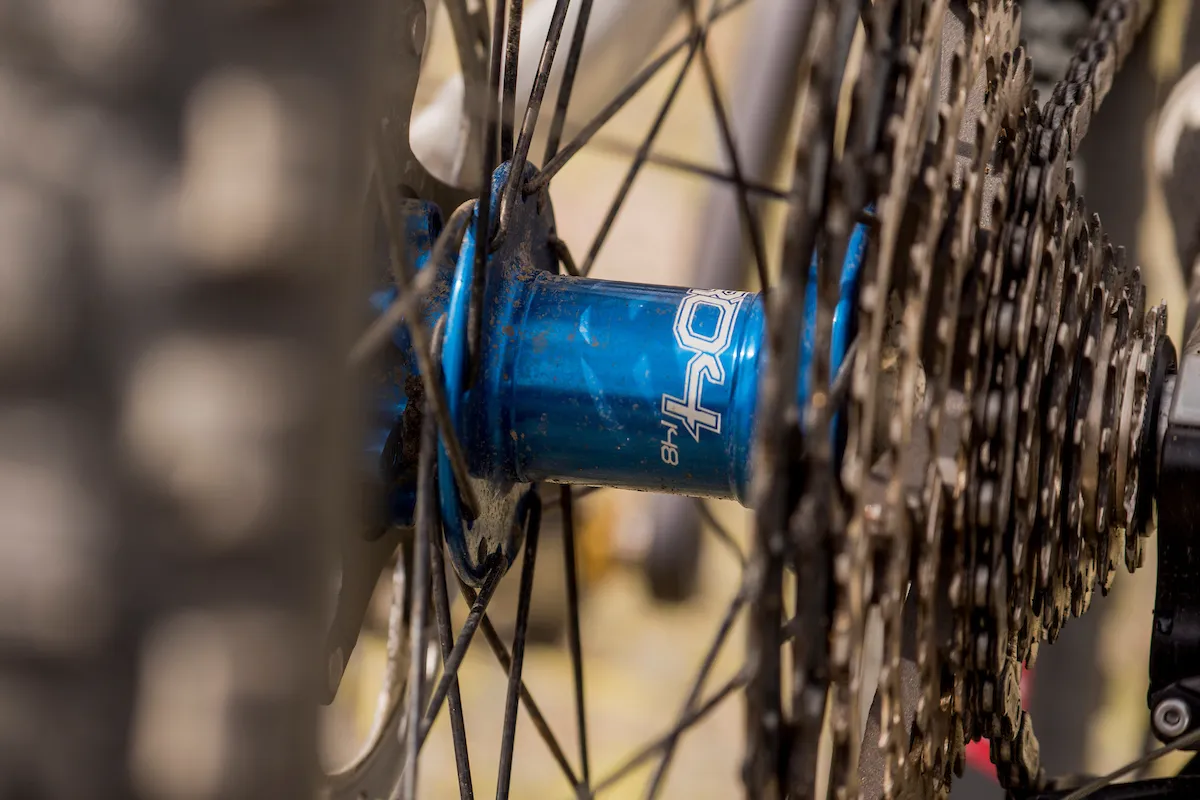
If you have user-serviceable hubs, give them some attention before winter by stripping them down, then cleaning, greasing and rebuilding them. Most problems your hubs face will be caused by water and grit ingress – a pre-winter service should minimise any issues you have down the line.
Use quality grease on the hubs, and thin oil for the pawls on the end of the cassette body. Bearings and pressure washers don’t mix, so it's important not to focus the jet onto your hub if you have sealed cartridge bearing hubs. You can read our advice on how to pressure wash your bike safely.
Cables
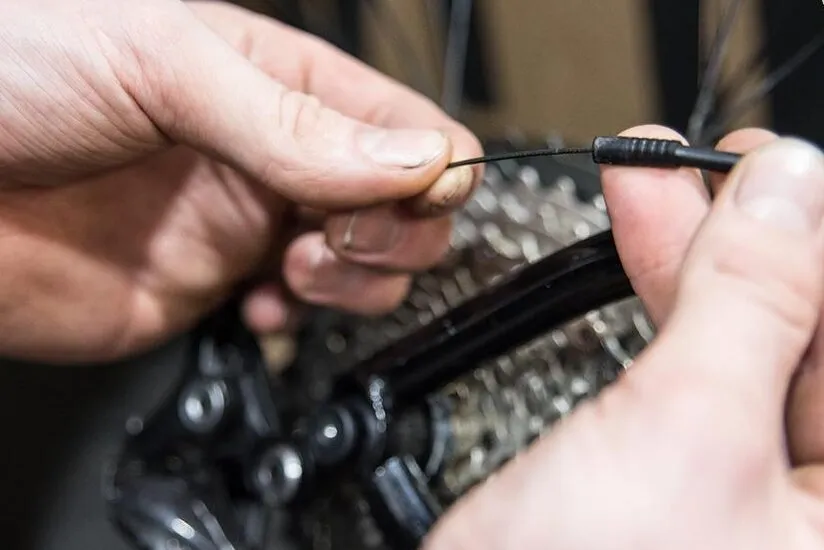
As grit is splashed up from the trail, it can find its way into cable housings, making shifting less crisp compared to other times of the year. It's worth replacing your inners and outers before winter to give you the best performance through the season.
The controversial hack of putting light oil in the housing should reduce friction, but risks attracting more dirt into your cable housing.
Seatposts
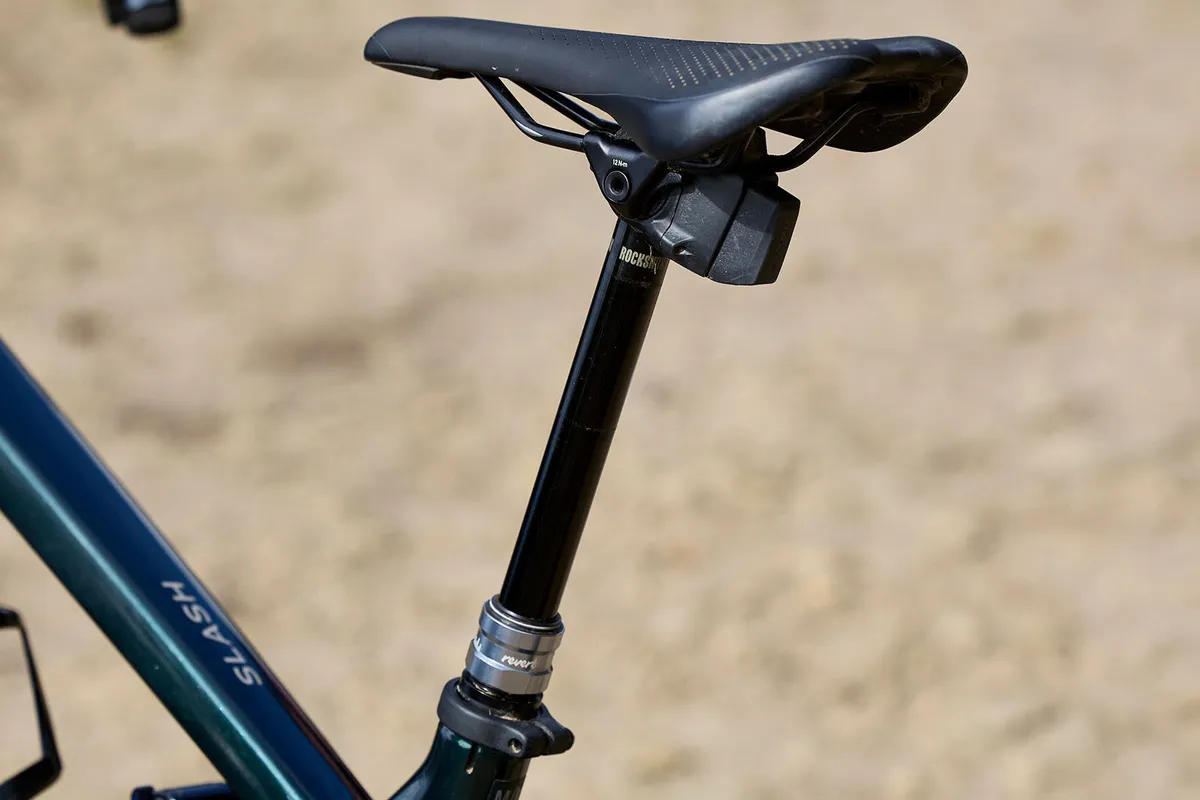
Water and grit can make their way into your frame and can cause your seatpost to seize in the frame.
Cleaning your seatpost and the contact area in the frame should remove any grit, but make sure you add a bit of grease (or carbon assembly paste) before replacing the seatpost to avoid seizure in the future.
If you have a dropper post, make sure you clean the shaft regularly and lubricate the seals with a silicone-based spray.
Brakes
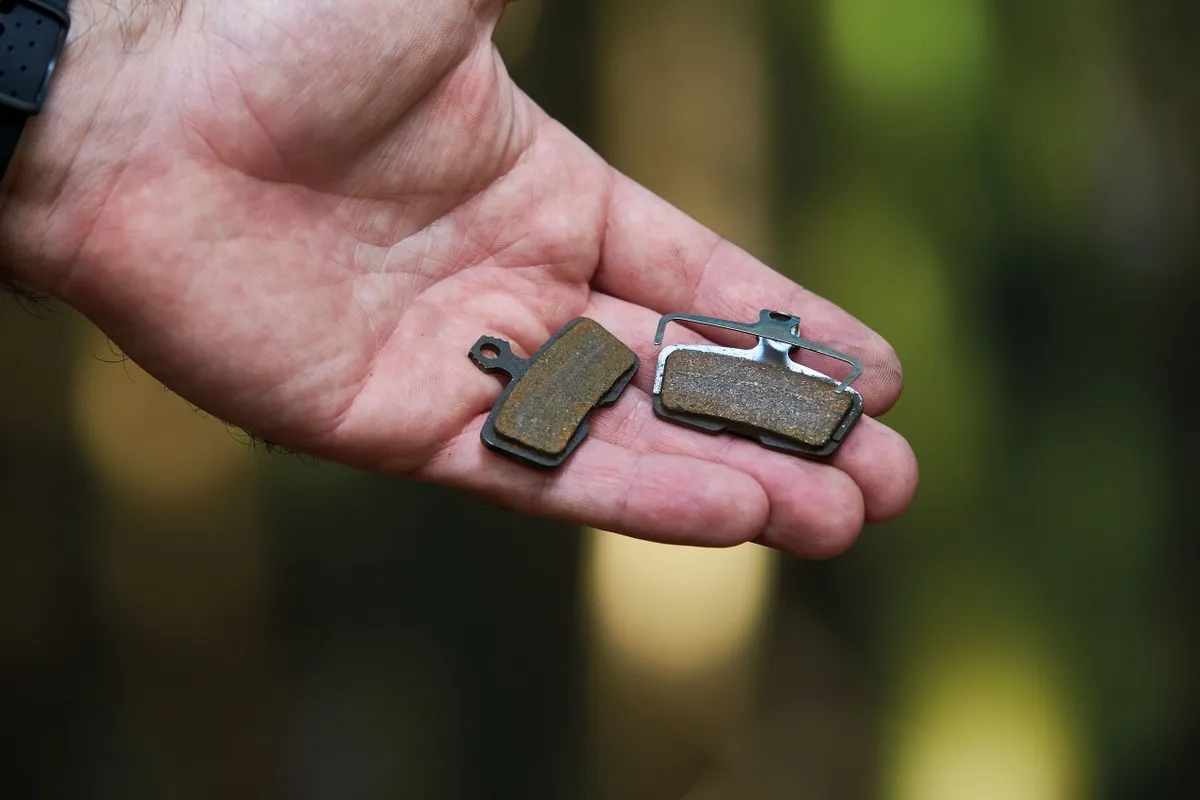
Winter makes a fool of brake pads, with grit causing rims and rotors to wear much faster than in summer. Cleaning your mountain bike disc brake rotors and replacing your pads before they wear through to the metal should avoid any disc brake noise and braking loss.
Organic pads will be more effective in wet conditions, but won't last as long as sintered pads. Read our guide to disc brake pads for more.
Where to ride your mountain bike in winter
If you live in rocky and gritty areas, you may be lucky enough to ride your nearest trails all-year round. But if your local is cut up like a peat bog during winter, it’s worth looking elsewhere for your riding thrills.
Bike parks
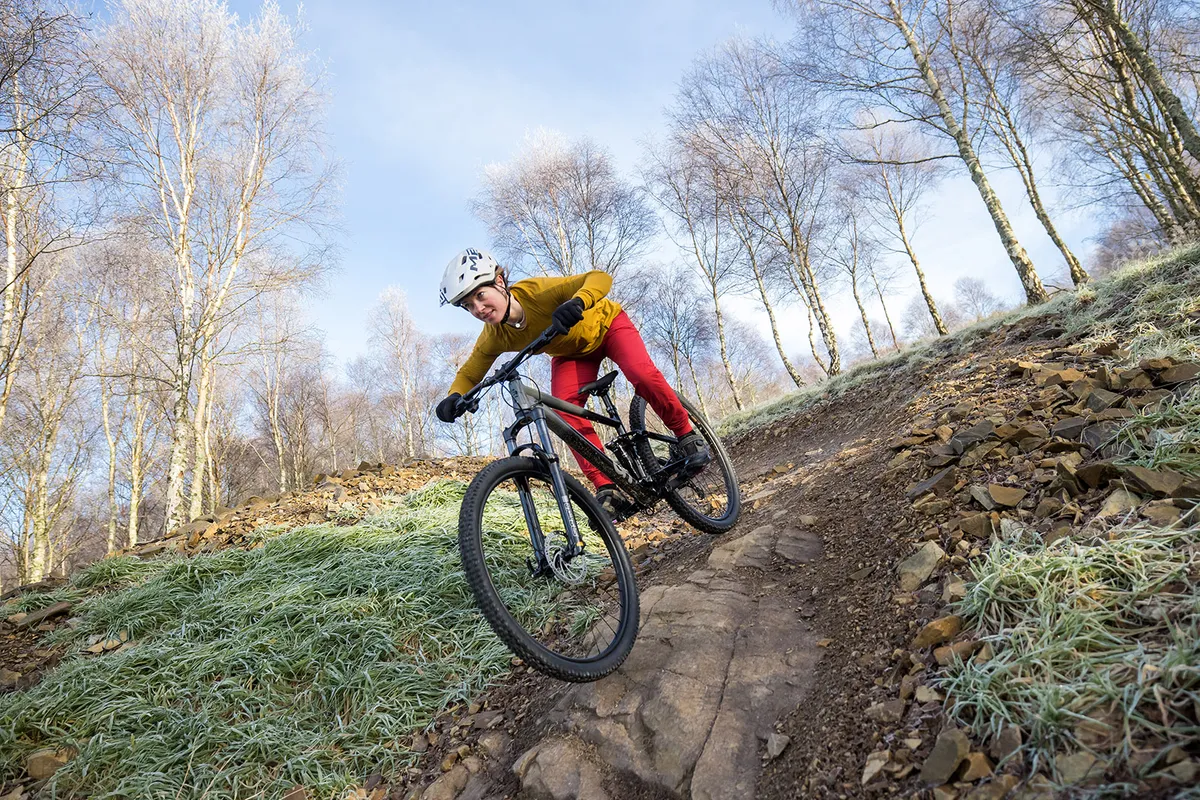
These purpose-built trails usually offer great riding whatever the weather, meaning you can be assured when you arrive you’ll have perfectly rideable trails to shred. With a majority of bike parks offering uplifts, you can save your legs for downhill.
Trail centres
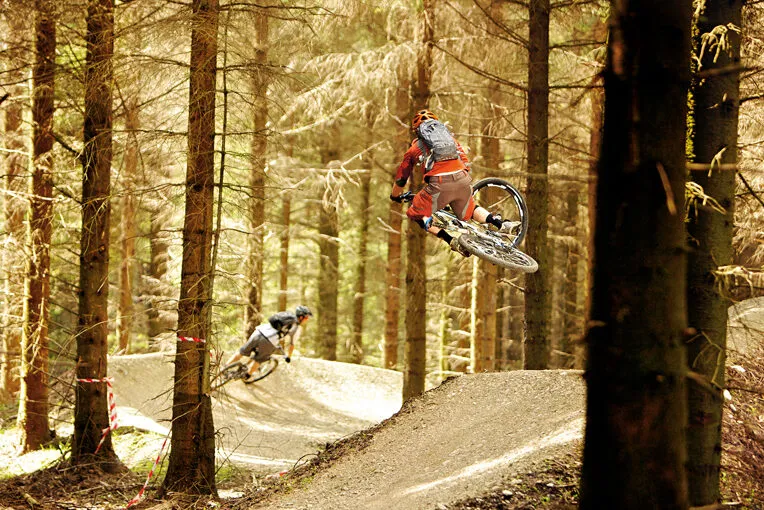
Trail centres offer riding for all abilities, from beginners to experts. With the majority of trails being hard-packed, you will find trail centres offer a great escape from the mud and slop of natural trails.
Trail centres often have cafes, which are a great place to warm up after your ride. Some trail centres also have bike shops for forgotten essentials.
Skate parks and pump tracks
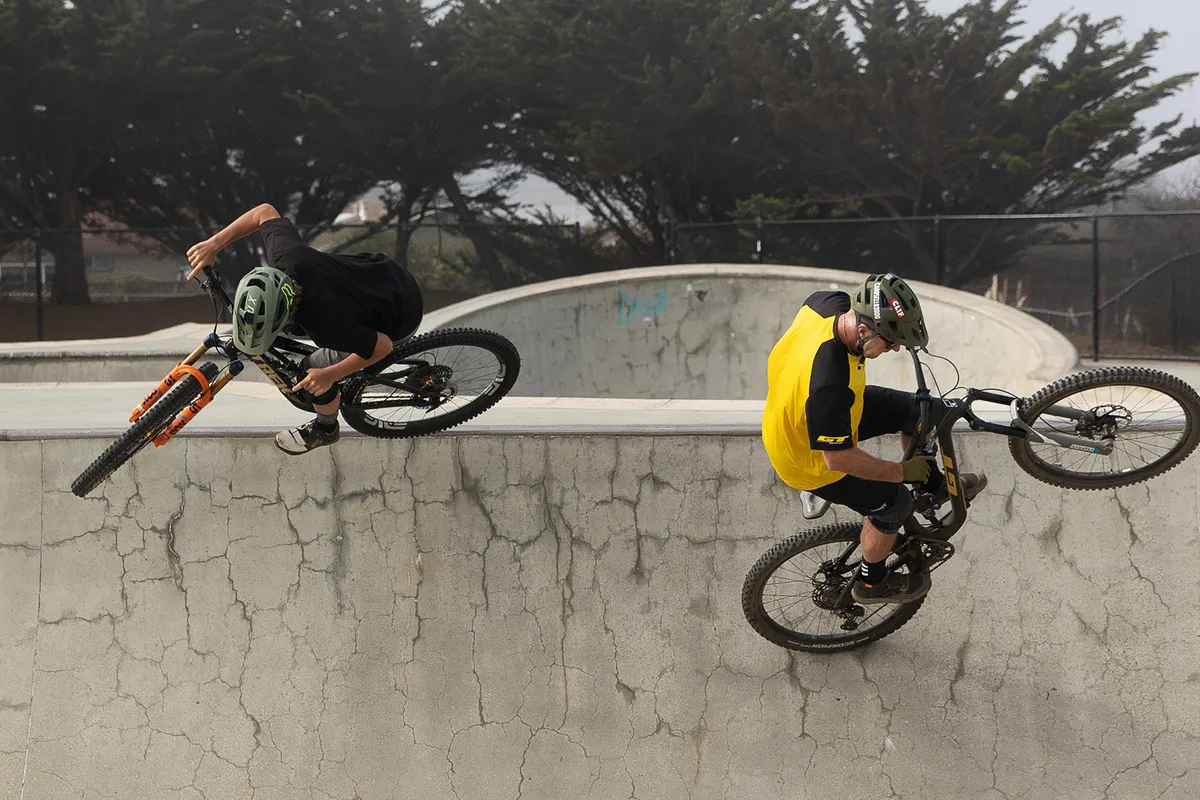
If you're looking to develop your skills away from the trails (and the mud), then skate parks and pump tracks might be the answer, offering many types of features to try out. Many top riders use parks to develop their jumping skills.
It's important to note that some indoor parks will only welcome you on a BMX or dirt jumper bike though.
